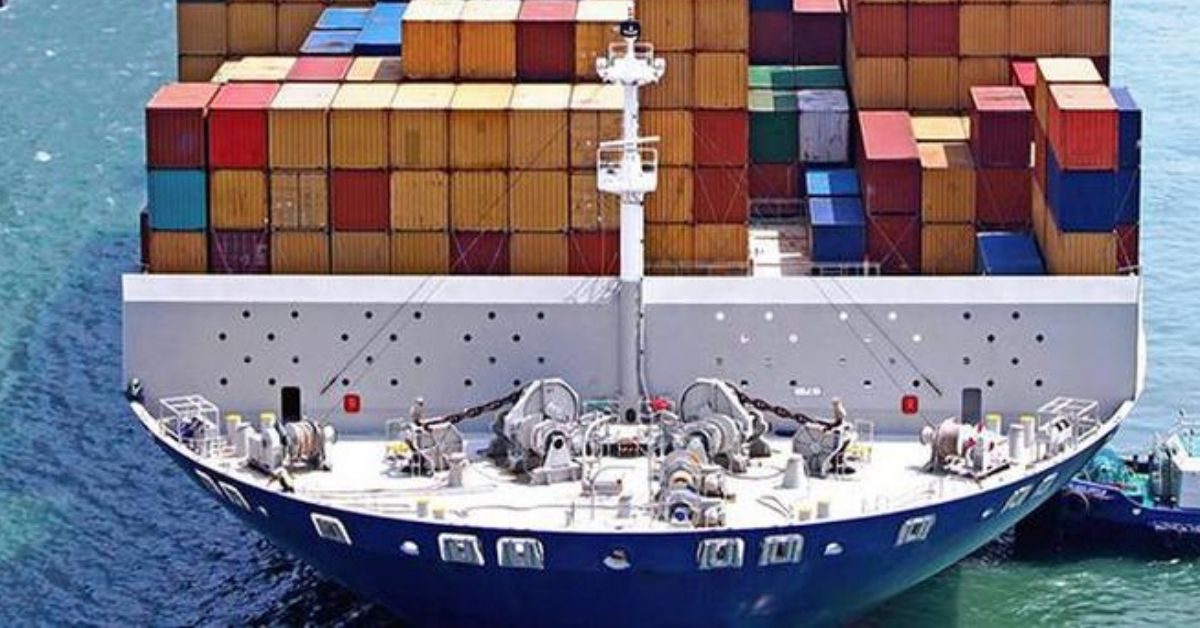The unprecedented shortage of sea containers for over a year now has forced some of the exporters to go back to the traditional way of sending cargo – by break bulk in large bulk ships instead of boxes in container ships.
Cargoes like rice, maize, chilly, soya bean meal, jute, cement in bags and steel products are now shipped in break bulk from ports like Kandla, Kakinada and Krishnapatinam to many African countries, including Ghana and Togo.
Rapid containerisation over the last three decades diverted these cargo towards containers. However, it’s reverse now, due to the container shortage, which started in China in the second half of 2020 and spread globally.
“The shift could be temporary but we don’t know how long the container shortage will continue,” says M Madan Prakash, a large agri product exporter in Chennai. “To export a tonne of cargo by container to Africa is now around $120 while it is $90 in break bulk. It used to be the reverse two years ago,” he said.
Containerised cargoes
Ishwar Achanta, President, Federation of Association of Stevedores and Member, National Shipping Board, says that the unprecedented spike in container freight rates is causing a movement of containerised cargoes to the break bulk mode.
“As this requires expert stevedoring services, our members are adequately geared to handle such cargoes. While we do understand that this could be temporary, industry must not forget that most containerised cargoes were traditionally handled by stevedores and there is a sense of deja vu, returning home so to speak,” he says.
Interestingly, Anupriya Patel, Union Minister of State for Commerce and Industry, recently in a reply to a query by a Rajya Sabha member on container shortage, had told a task force is taking action on pressing additional shipping/container capacity into service. It is also looking out possible ways to promote the use of bulk/break bulk movement by exporters as compared to containerised movement wherever feasible.
G Raghu Sankar, Executive Director, International Clearing & Shipping Agency, says that break bulk movement is a good option though feasibility is a challenge. Unlike containers, break bulk shipments may need minimum volume to attract vessels to Indian ports, over and above handling efficiency.
Large exporters/importers can consider break bulk as an alternative and it is also possible that the present shortage/crisis may ease down if not fully partially by first quarter of 2022, he says.
Ennarasu Karunesan, Founder & CEO, UMK Group, a Chennai-based logistics consultancy firm, said that containerisation’s benefits include zero pilferage and faster delivery. The shift to break-bulk will only be a temporary. Break bulk movement is unsustainable in the long run.
The benefits of containers are huge. To load around 15,000 tonne of break bulk cargo takes nearly ten days in a normal conventional operation. However, to stuff 15,000 tonne into 1,000 containers can be done in less than 12 hours, he said.
Source : The Hindu Businessline







